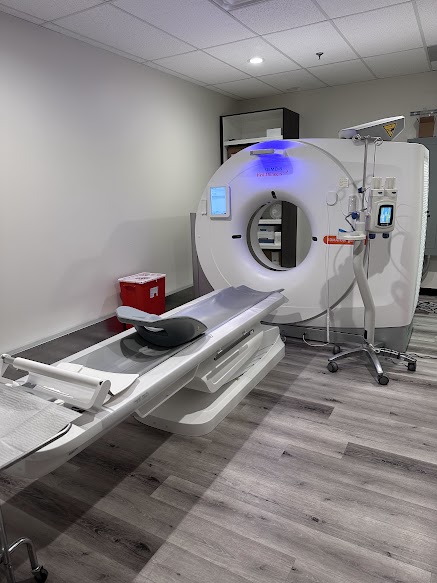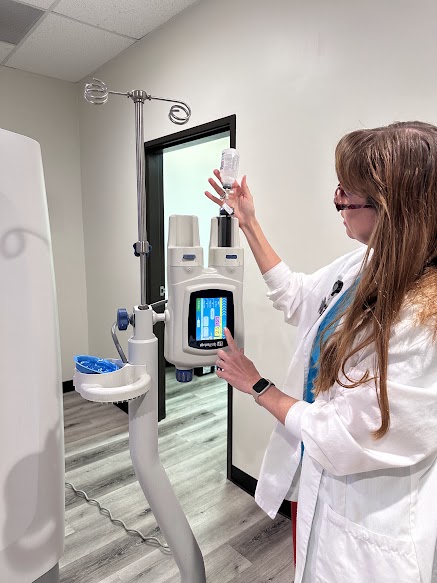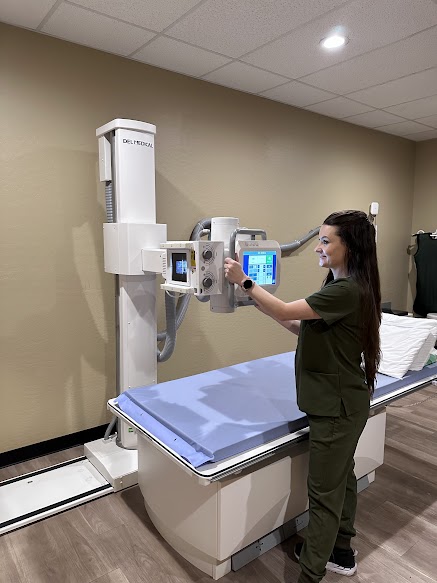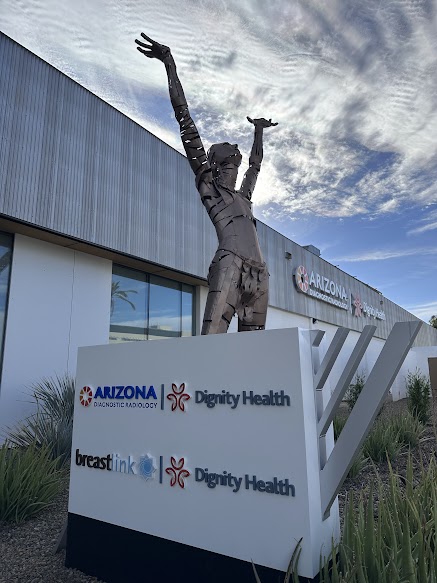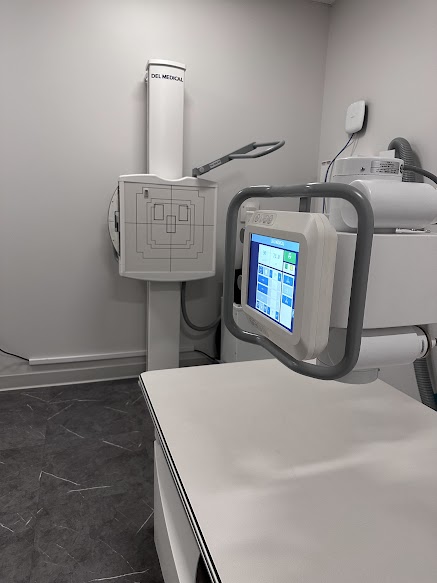
How It Works
A DEXA scan (Phoenix) uses very low levels of X-rays to measure the amount of minerals (such as calcium) in your bones. The procedure is quick, painless, and noninvasive, making it broadly safe for most patients.
You will lie on a comfortable table while the scanner passes over the targeted areas. The test does not require injections, fasting, or any recovery time, so you can return to your normal activities immediately afterward.
Some patients wonder how long a DEXA scan will take. Most scans take just 5 to 15 minutes of imaging time (total appointment time might be 15–20 minutes, depending on additional measurements or positioning).
What DEXA Can Show
DEXA is the most common test for detecting bone conditions, including:
- Osteoporosis – A condition that makes bones weak and more likely to break.
- Osteopenia – Lower-than-normal bone mass, which can increase the risk of developing osteoporosis later.
It’s also used to monitor bone density over time, such as before and after treatment, or to assess fracture risk.
Who Should Get a DEXA Scan
Doctors may recommend a DEXA scan for people who are at higher risk for bone loss, such as those with:
- Older age – Women 65 or older, men 70 or older
- Family history of osteoporosis or fractures
- Previous fractures after age 50
- Certain medications – Steroids, cancer treatments, or other drugs that weaken bones
- Chronic health conditions – Rheumatoid arthritis, lupus, diabetes, liver disease, or kidney disease
What to Expect
The scan is fast and easy. You simply lie on the exam table while the scanner takes images of your bones. Most scans take only a few minutes and are completely painless. The results are sent to your doctor, who can explain what they mean and recommend steps to protect your bone health, such as exercise, diet changes, or medication.
A DEXA scan is a safe, effective, and simple way to check your bone strength and prevent future fractures
How Much Does a DEXA Scan Cost in Phoenix?
The price of a DEXA scan can vary based on several factors including whether it’s a full-body or regional scan, your insurance coverage, co-pay, or deductible.
Choosing an outpatient imaging center like Arizona Diagnostic Radiology allows you to receive the same accurate, high-quality bone density testing at a fraction of the cost. According to the National Institute for Health Care Reform, community-based imaging centers may charge up to 50% less than hospital outpatient departments for identical procedures (source).
Outpatient facilities not only help patients save money but also provide faster scheduling, personalized care, and a comfortable testing experience — all without compromising quality or accuracy.
Arizona Diagnostic Radiology offers affordable DEXA scans in Arizona, giving patients reliable results and expert guidance for managing bone health with confidence.


